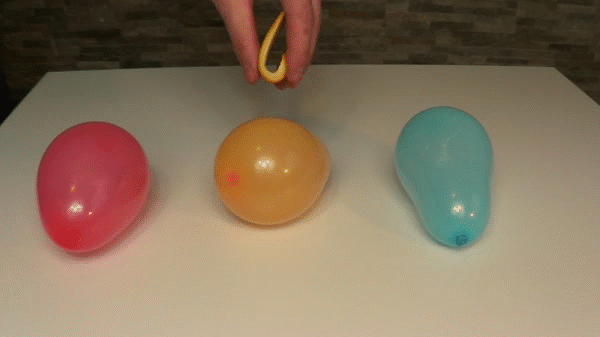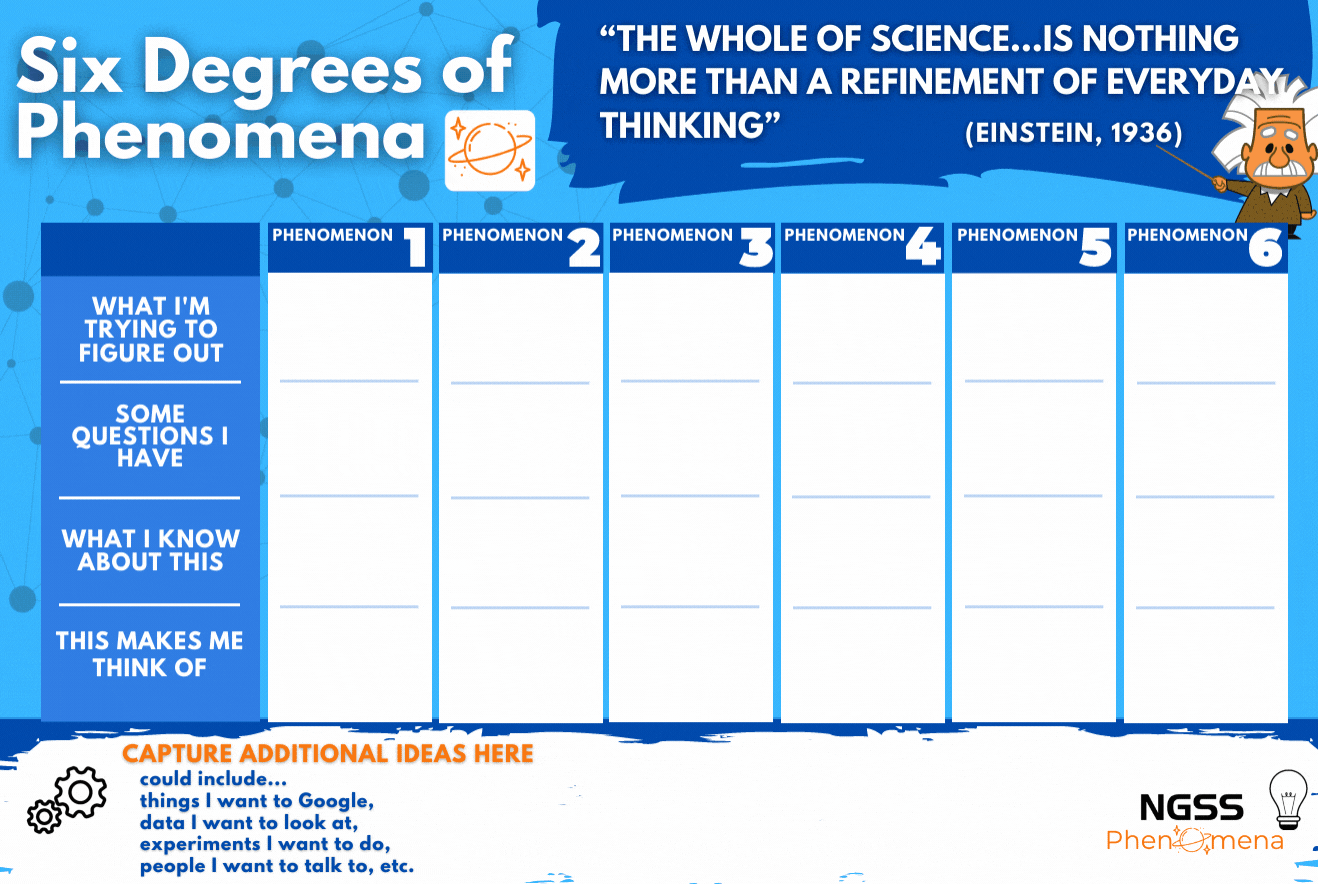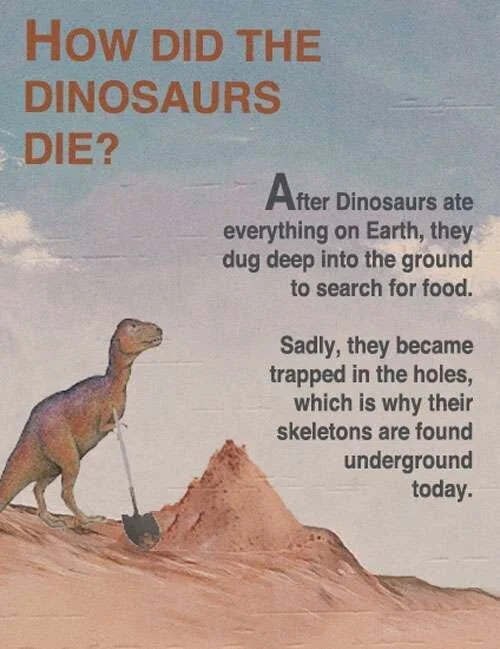VIRTUAL SCIENCE EDUCATION - MIDDLE SCHOOL RESOURCE
Welcome to the Virtual Science Education blog post. Today, we are going to focus on some Middle School resources to support these students as they continue to do and think about science while at home.
What’s the phenomenon? Popping Balloons With An Orange?!?
I’ve heard of popping a balloon with a pin or a flame or maybe even by over filling with air or water - but, with an orange rind?
Here, we explicate student ideas about chemical reactions and test them by popping balloons. For science.
ORANGES & BALLOONS - A CHEMICAL REACTION?
Squeezing the outside of an orange onto balloons causes them to pop. This kinda makes sense - we’ve all been told that oranges have citric acid.
But rubber (or plastic) -or whatever balloons are made out of must be stronger than orange juice. So what’s the deal? Is this a chemical reaction? A physical reaction? A crazy thing that no one can explain? What is going on here?
And, why can I put an orange in a plastic bag and it doesn’t put a hole in the bag?
Do Some Parts Of An Orange Have Different Chemical Properties?
Wait - what are oranges made of? Is the stuff that squirts out of the rind different than the stuff that we drink? How might we test this?
Is the orange made up of all the same stuff? Is the skin or rind different than the part we typically eat? I mean, I remember always peeling my oranges or eating the fleshy part and leaving the skin.
So, would it matter if I used the skin vs the flesh of the orange? If the reaction is different, that is confusing - how can one thing (the orange) produce a different result with the balloons? What about other materials? Or other fruits?
Using a phenomenon to problematize student’s initial explanation
As students take time to think about their understanding of what constitutes as a chemical reaction, they are immediately confronted with this phenomenon, an orange rind popping a balloon, to point out any gaps or problems with their initial explanation. In the end, students are provided with an opportunity to identify an investigation that will help clarify their understanding as they start to develop an argument.
We’re going to share both the PDF version and a Google Slides version so you can make changes as needed. Please share your experiences with students and give us feedback via email to [email protected] or via Twitter @ngssphenomena.
Post written by Chris Zieminski and TJ McKenna for ngssphenomena.com
Comment below, or email [email protected].












